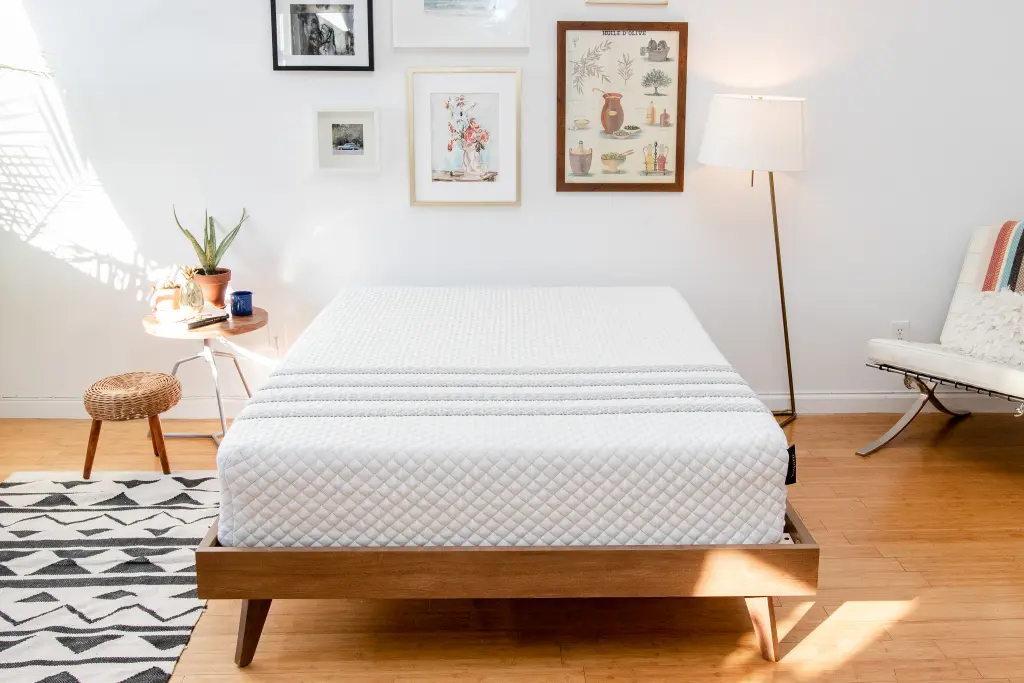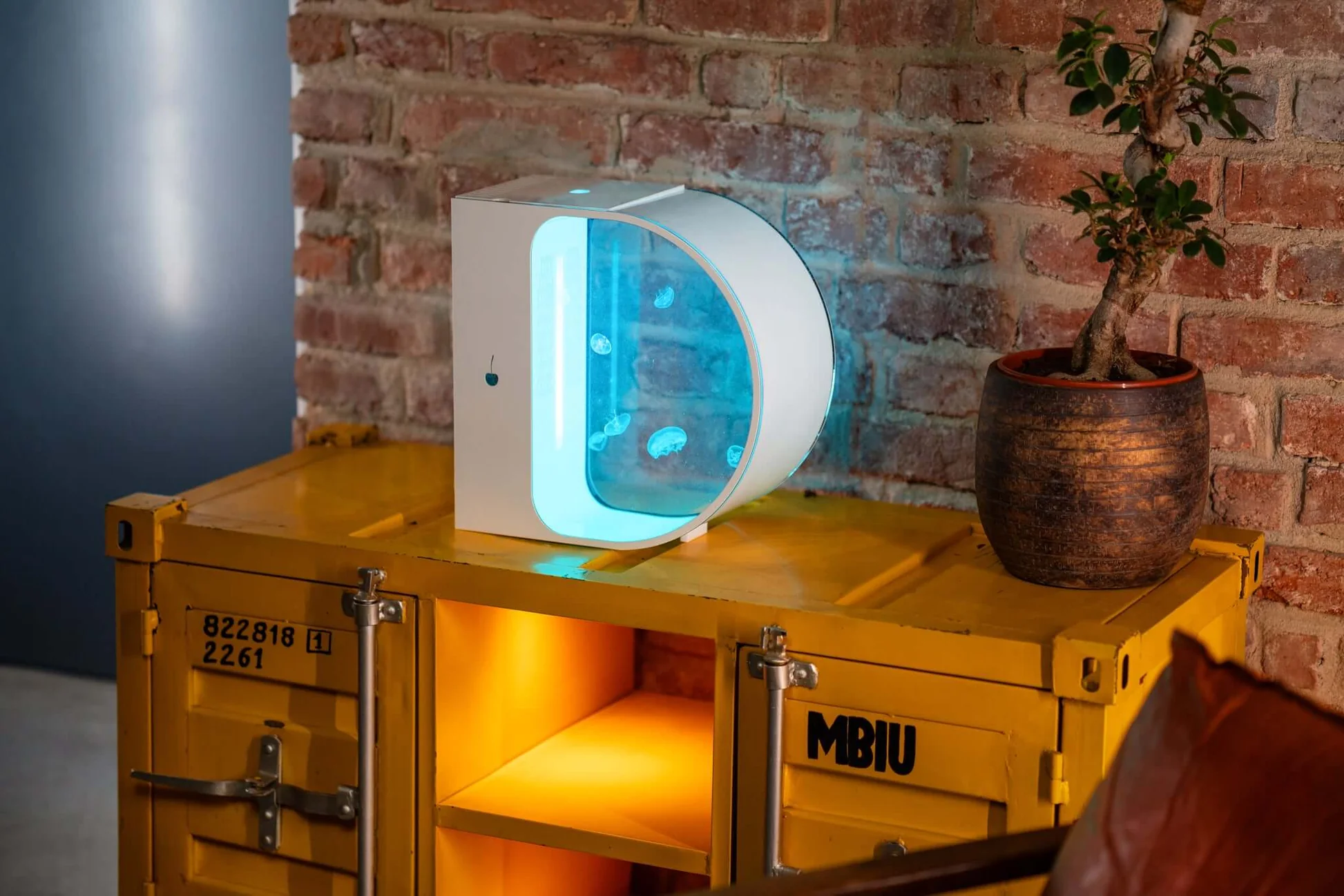For years, I struggled with chronic back pain. No matter how many pillows I adjusted, stretches I tried, or expensive chiropractor visits I endured, nothing seemed to provide lasting relief—until I found the mattress that changed everything.
If you’ve ever woken up stiff, sore, or with nagging aches, you know how debilitating it can be. A poor-quality mattress can worsen spinal alignment, pressure points, and muscle tension, leading to restless nights and painful mornings. But the right mattress? It can be life-changing.
After months of research, testing, and finally switching to a mattress designed for back support, my pain significantly decreased. Here’s what I learned—and why the right mattress could be the solution you’ve been searching for.
Why Your Mattress Could Be Causing Your Back Pain
Most people underestimate how much their mattress affects their spinal health. An old, sagging, or unsupportive mattress can:
- Misalign your spine – Leading to lower back, neck, and shoulder pain.
- Create pressure points – Causing hip and joint discomfort.
- Disrupt sleep – Poor sleep = increased inflammation and slower recovery.
If your mattress is over 7-8 years old or feels lumpy, it’s likely contributing to your pain.
The Best Mattress for Back Pain: What to Look For
Not all mattresses are created equal. Based on my experience and expert recommendations, here are the key features to consider:
1. Medium-Firm Support
- Too soft → Sinks too much, misaligning the spine.
- Too firm → Creates pressure points on hips and shoulders.
- Ideal: A medium-firm mattress (around 6-7 on the firmness scale) provides balanced support.
2. High-Quality Materials
- Memory Foam – Contours to your body, relieving pressure.
- Latex – Naturally supportive and breathable.
- Hybrid (Coils + Foam) – Combines bounce with pressure relief.
3. Proper Spinal Alignment
Your mattress should keep your spine in a neutral position—whether you sleep on your back, side, or stomach.
4. Motion Isolation
If you share a bed, a mattress that minimizes motion transfer prevents disturbances that can strain your muscles.
The Mattress That Fixed My Back Pain
After testing several options, I chose a hybrid mattress with memory foam and pocketed coils. Here’s why it worked:
- Zoned Support – Firmer under the hips/lower back, softer at the shoulders.
- Cooling Gel Layer – Prevented overheating (common with cheap memory foam).
- Edge Support – No sagging when sitting or sleeping near the edge.
Within two weeks, my morning stiffness reduced. After a month, my chronic lower back pain improved dramatically.
Other Tips to Maximize Back Pain Relief
While a good mattress is crucial, these habits help too:
✔ Stretch Before Bed – Gentle yoga or hamstring stretches ease tension.
✔ Sleep in the Right Position – Back or side sleeping is best for spinal alignment.
✔ Replace Pillows – A supportive pillow keeps your neck neutral.
✔ Rotate Your Mattress – Prevents uneven wear and sagging.
Final Thoughts
If back pain ruins your sleep, your mattress might be the culprit. Investing in a high-quality, supportive mattress was the best decision I made for my back—and my overall well-being.



